Iran is home to a fascinating array of caves, each offering unique insights into the country’s geological history, natural beauty, and cultural heritage. The caves of Iran are not just geological formations; they are sites of historical significance, archaeological interest, and unparalleled natural beauty.
The Caves of Iran
Iran is home to an extraordinary range of caves that showcase the country's diverse geological formations and natural beauty. Each of these caves offers a unique experience, from exploring underground lakes and rivers to discovering ancient artifacts and breathtaking rock formations. Whether you're an adventurer, a historian, or a nature enthusiast, the caves of Iran provide a fascinating and unforgettable journey into the subterranean wonders of this diverse and historically rich country.
Ali Sadr Cave
The Ali Sadr Cave, located in Hamadan Province, Iran, is a mesmerizing natural wonder and one of the world's largest water caves. Spanning over 70 kilometers, this extensive network of subterranean waterways, tunnels, and chambers is renowned for its breathtaking stalactites and stalagmites, which have formed over millions of years. Visitors to Ali Sadr Cave can explore its awe-inspiring interior by boat, navigating the clear, turquoise waters that flow through the cave's heart. The cave's intricate formations and expansive caverns create a magical and otherworldly atmosphere, making it a popular destination for tourists and speleologists alike. Beyond its natural beauty, Ali Sadr Cave also holds archaeological significance, with ancient human artifacts discovered within its depths, offering a glimpse into the region's historical past. A visit to Ali Sadr Cave promises a unique and unforgettable experience, immersing visitors in the fascinating underground landscapes of Iran.
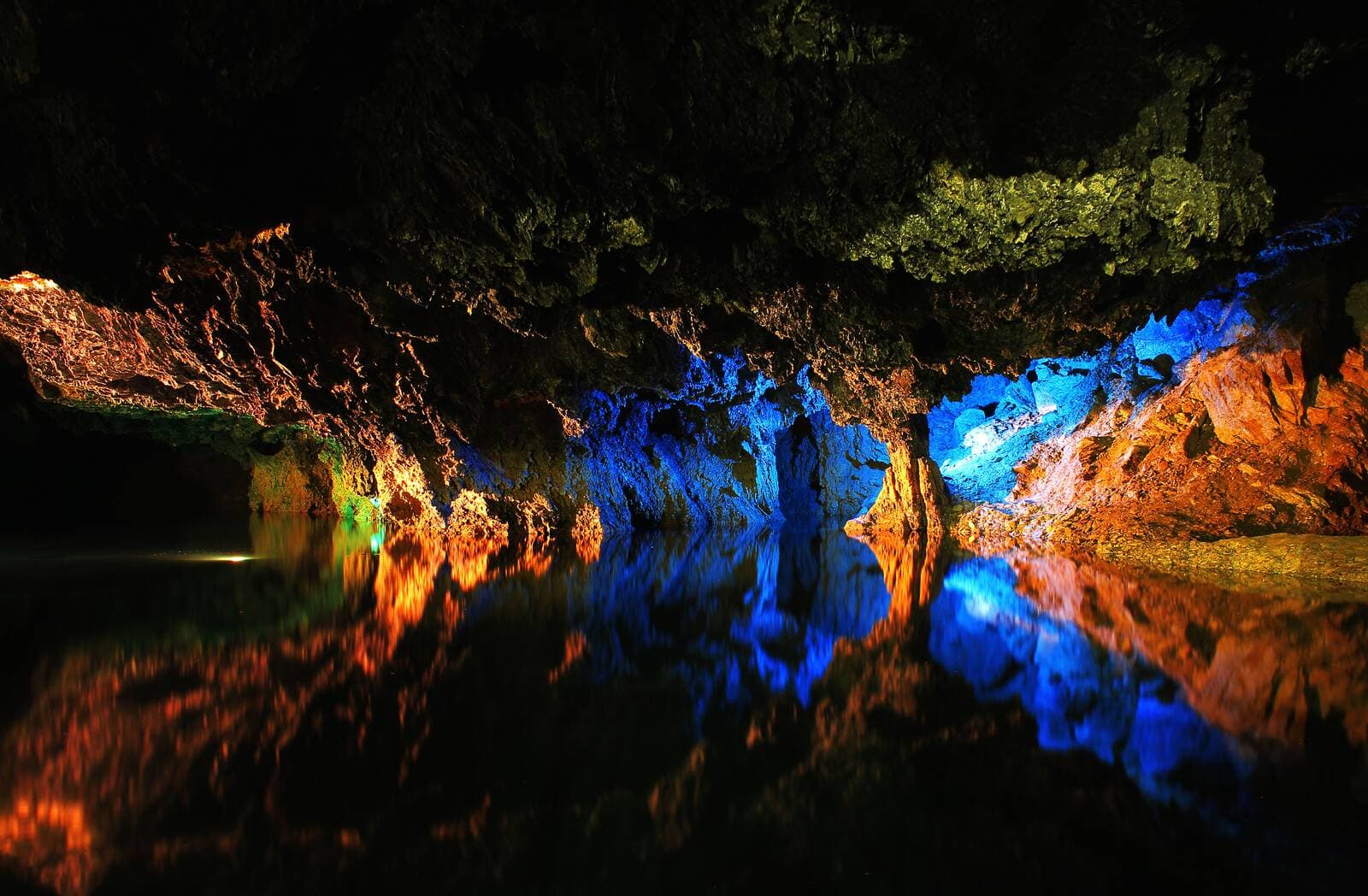
Karaftu Cave
The Karaftu Cave, located in the Kurdistan Province of Iran, is a remarkable natural and historical site. This limestone cave extends approximately 750 meters and features an intricate system of chambers and passageways adorned with ancient carvings and inscriptions. Among its most notable features are the Greek inscriptions and carvings that date back to the Seleucid and Parthian eras, which provide valuable insights into the region's historical interactions and cultural exchanges. The cave's architecture includes man-made enhancements that suggest it was used as a dwelling and possibly a sanctuary in ancient times. The unique combination of natural beauty and historical significance makes Karaftu Cave a fascinating destination for both spelunkers and history enthusiasts. Visitors can explore the cave's labyrinthine passages, marvel at its historical artifacts, and appreciate the stunning geological formations that have developed over millennia. This blend of history and natural wonder makes Karaftu Cave a must-visit site in Iran's rich cultural and natural landscape.

Kharbas Cave
The Kharbas Cave, located on Qeshm Island in the Persian Gulf, is a captivating blend of natural beauty and historical significance. Carved into the limestone hills, this ancient cave complex consists of several interconnected chambers and passageways. It is believed to date back to the Parthian era, with some historians suggesting that it was used as a place of worship or a refuge. The cave's intricate rock carvings and inscriptions provide a glimpse into the island’s rich cultural and historical past. Visitors to Kharbas Cave can explore its fascinating interior, marveling at the natural formations and the ancient human handiwork that adorns the walls. The surrounding landscape, with its stunning views of the Persian Gulf, adds to the cave's allure, making it a popular destination for both history enthusiasts and nature lovers. Whether you’re interested in archaeology, history, or simply the beauty of nature, Kharbas Cave offers a unique and enriching experience on Qeshm Island.
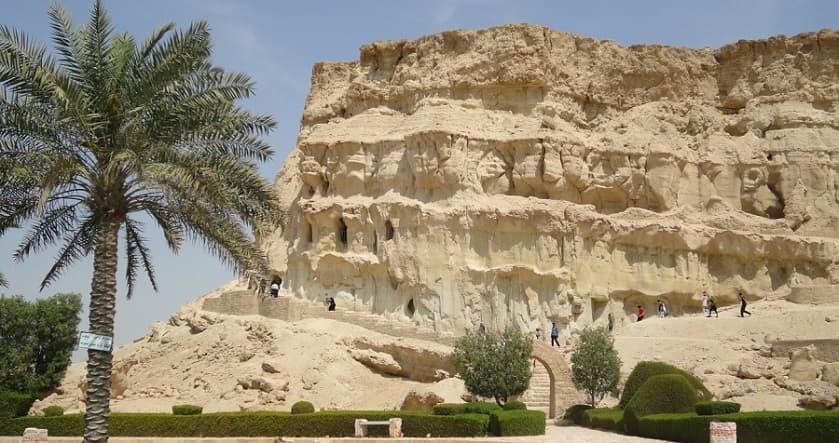
Quri Qaleh Cave
The Quri Qaleh Cave, located in the Kermanshah Province of Iran, is one of the longest and most spectacular caves in the country. Stretching over 12 kilometers, this cave boasts a fascinating array of geological formations, including intricate stalactites and stalagmites, expansive chambers, and underground lakes. Discovered in 1989, Quri Qaleh Cave also holds archaeological significance, with artifacts suggesting it was used by humans dating back thousands of years. Visitors to the cave are treated to a visual feast of natural wonders as they navigate its extensive passageways. The cool, constant temperature inside the cave makes it a refreshing destination year-round. In addition to its natural beauty, the cave's historical and cultural significance adds to its allure, making it a must-visit attraction for those exploring the rich heritage and natural landscapes of Kermanshah Province.
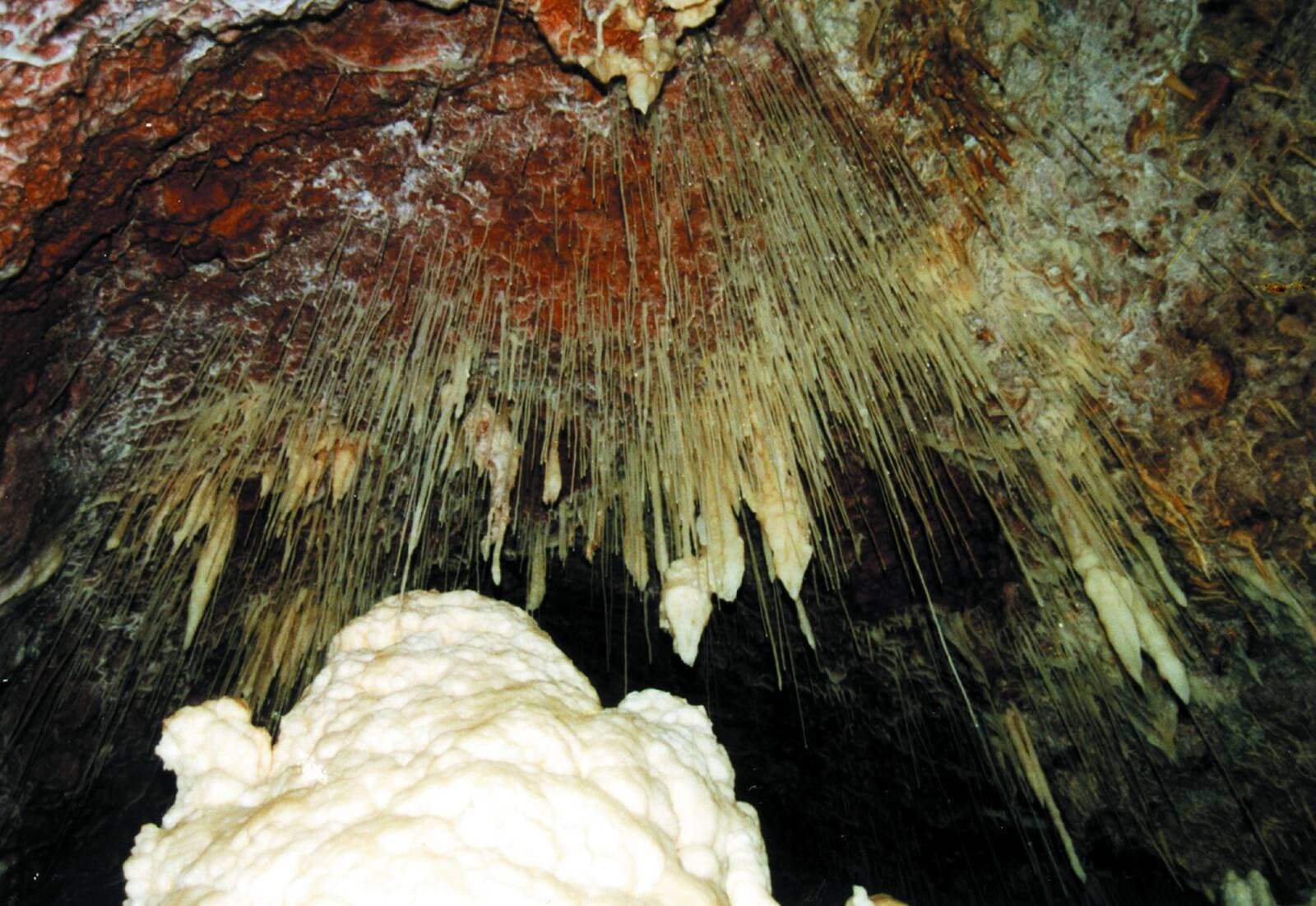
Namakdan Salt Cave
The Namakdan Salt Cave, located on Qeshm Island in the Persian Gulf, is one of the most extraordinary natural attractions in Iran. Renowned for being the longest salt cave in the world, stretching over 6 kilometers, Namakdan offers a surreal subterranean experience with its dazzling salt formations. The cave's walls and ceilings are adorned with intricate patterns of salt crystals, creating a breathtaking spectacle of shimmering beauty. As visitors navigate the winding passages, they encounter salt stalactites, stalagmites, and stunning salt ponds that reflect the light in mesmerizing ways. The cave's cool, stable climate provides a refreshing escape from the island's heat, making it an ideal destination year-round. Besides its geological wonders, the Namakdan Salt Cave also holds health benefits, as the salt-infused air is believed to have therapeutic properties for respiratory issues. Exploring this unique natural marvel offers a fascinating glimpse into the hidden beauty of Qeshm Island and showcases the incredible diversity of Iran's geological landscapes.
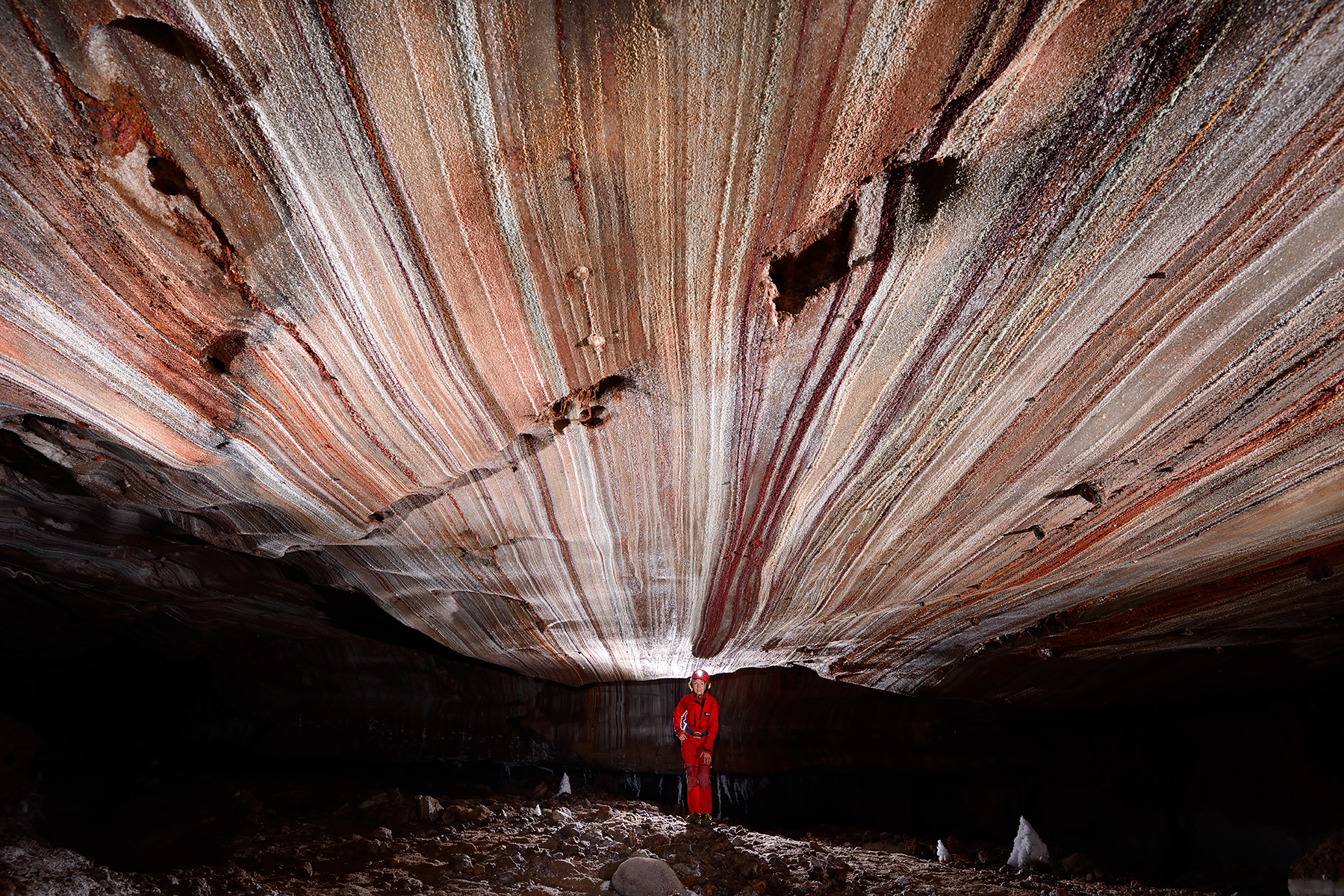
Khofash Cave
The Khofash Cave, also known as the Bat Cave, is situated in the western region of Iran, near the city of Shushtar in Khuzestan Province. This natural wonder is renowned for its unique ecosystem and the large population of bats that inhabit it, giving the cave its name. The cave's interior features a complex network of tunnels and chambers, adorned with impressive stalactites and stalagmites formed over millennia. The bats play a crucial role in the cave's ecosystem, and their presence adds to the cave's mysterious and intriguing atmosphere. Visitors to Khofash Cave can explore its fascinating geological formations while experiencing the thrill of observing bats in their natural habitat. The cave's cool, dark environment provides a stark contrast to the arid landscape outside, offering a refreshing and immersive experience for nature enthusiasts and adventurers. Khofash Cave stands out as a unique destination in Iran, combining natural beauty with a sense of wonder and excitement.
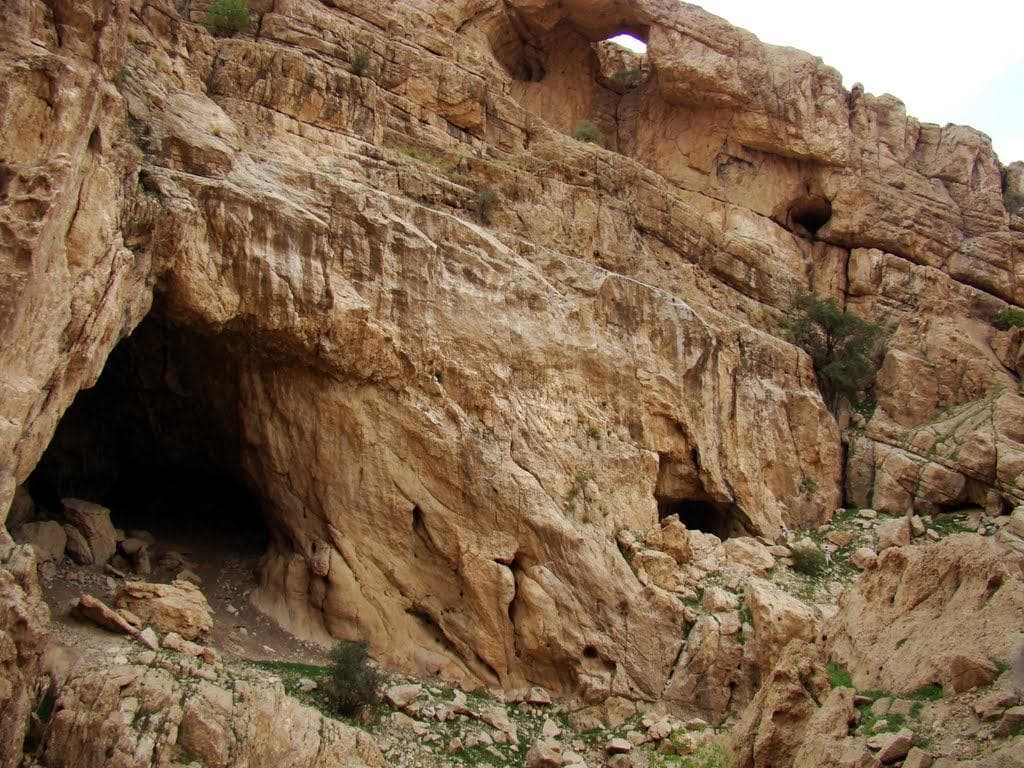
Ayub Cave
The Ayub Cave is located sixteen kilometers southwest of the city Dehaj, in Shahr-e Babak of Kerman Province. This large limestone cave is named after Prophet Ayub, and local lore suggests that he took refuge in this cave. The cave features a main chamber with an impressive dome-shaped ceiling, and it is renowned for its stunning geological formations, including stalactites and stalagmites that have developed over millennia. Visitors are drawn to Ayub Cave not only for its natural beauty but also for the sense of tranquility and mystery that surrounds it. The area around the cave is equally picturesque, with beautiful landscapes that add to the appeal of this unique destination. Exploring Ayub Cave offers a fascinating journey into the natural and cultural heritage of Iran, making it a must-visit site for nature enthusiasts and history buffs alike.
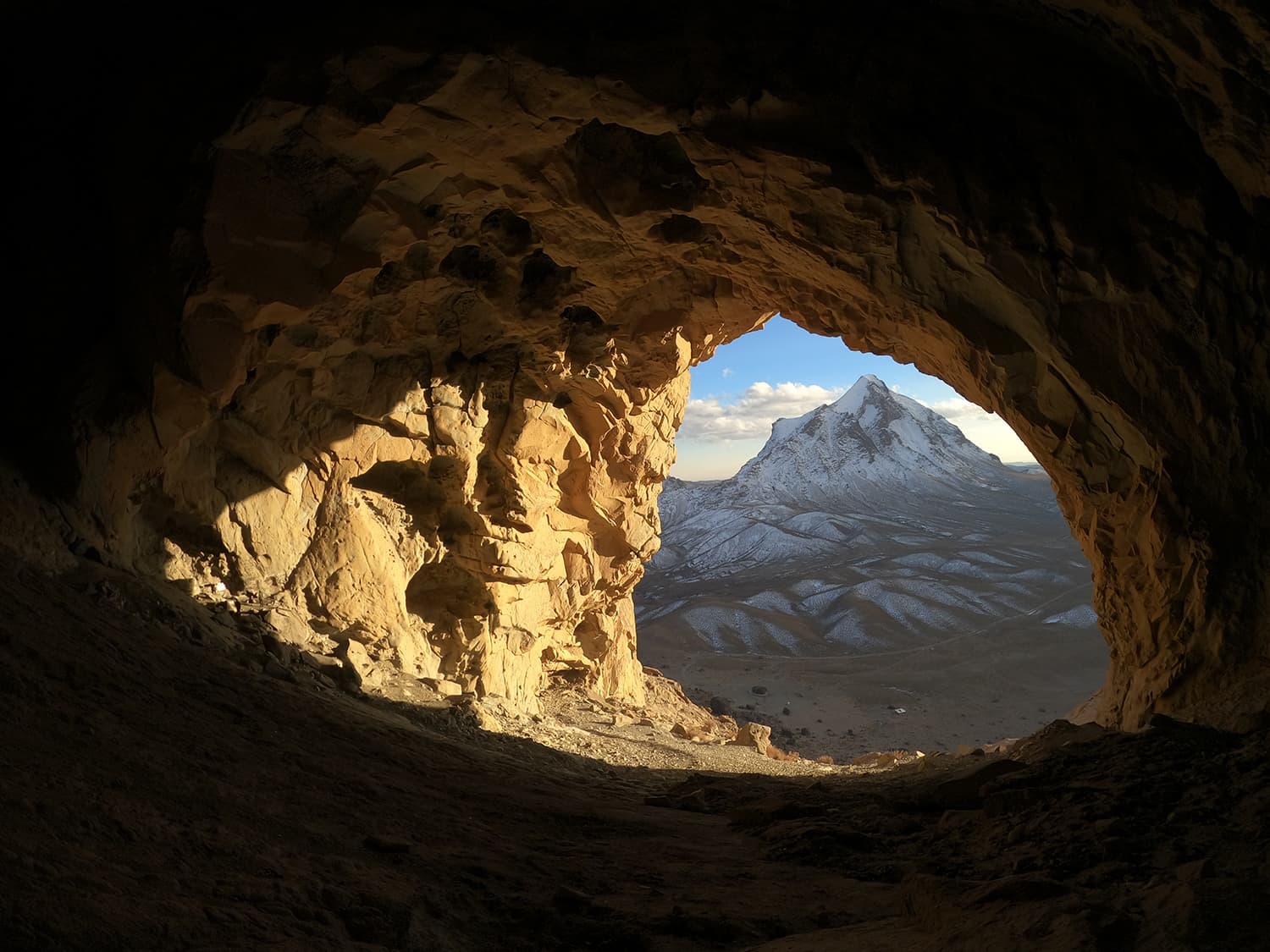
Kermanshah Prau Cave
The Prau Cave, located in the Kermanshah Province of Iran, is a fascinating and challenging destination for spelunkers and adventurers. This deep, vertical cave is one of the most demanding and technically difficult caves to explore in Iran, attracting experienced cavers from around the world. With a depth of over 700 meters, Prau Cave offers a thrilling journey into the subterranean world, featuring narrow passages, steep descents, and intricate rock formations. The cave's interior is a mesmerizing labyrinth of tunnels and chambers, adorned with impressive stalactites and stalagmites that have formed over millennia. Prau Cave is not only a natural wonder but also a site of scientific interest, providing valuable insights into the region's geological history. Due to its challenging nature, exploration of Prau Cave requires specialized equipment and expertise, making it a sought-after destination for those seeking an adrenaline-pumping caving experience in Iran.
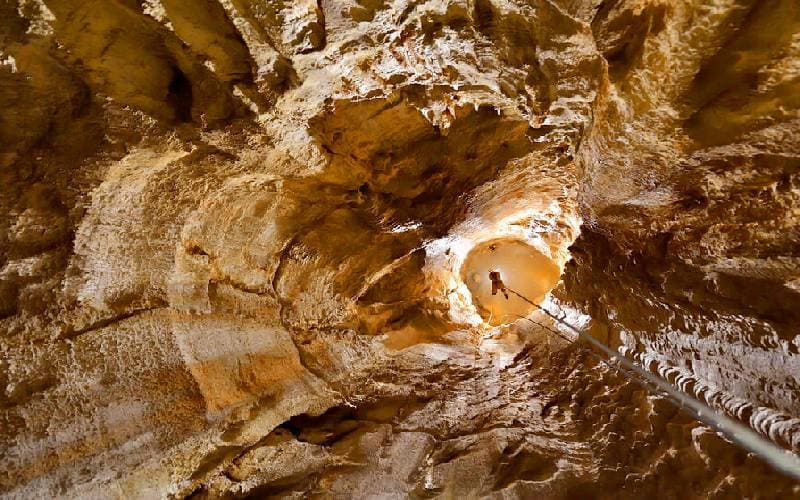
MahdiShahr Darband Cave
The MahdiShahr Darband Cave, located near the town of MahdiShahr in the Semnan Province of Iran, is a captivating natural wonder that attracts speleologists and nature enthusiasts alike. This extensive limestone cave boasts a series of large chambers and narrow passageways, adorned with stunning stalactites and stalagmites. The unique geological formations within the cave have developed over millions of years, creating a breathtaking subterranean landscape. Visitors to Darband Cave can explore its intricate network of tunnels, experiencing the serene beauty of its underground world. The cave is also known for its historical significance, with evidence suggesting that it has been a refuge and shelter for ancient human civilizations. The surrounding area offers picturesque scenery and additional opportunities for outdoor adventures, making a trip to MahdiShahr Darband Cave a memorable experience for anyone interested in the natural and cultural heritage of Iran.
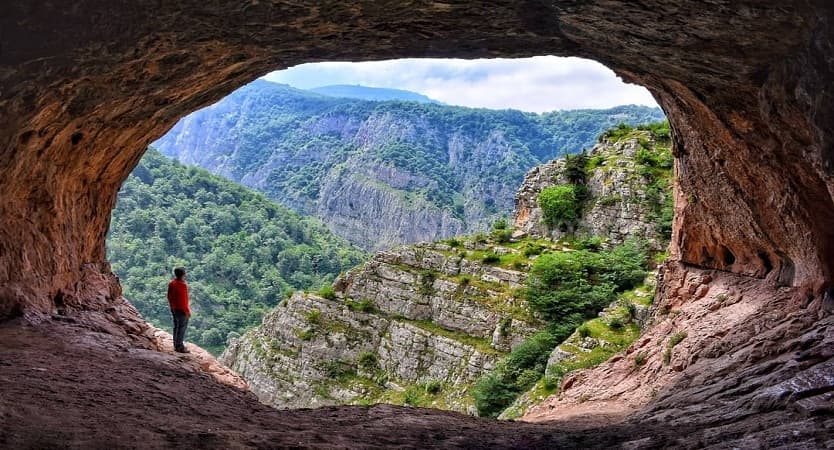
Conclusion
In conclusion, the caves of Iran are a testament to the country’s rich geological diversity and cultural heritage. From the mesmerizing waterways of Ali Sadr Cave to the ancient inscriptions of Karaftu Cave and the world-renowned Namakdan Salt Cave on Qeshm Island, each cave offers a unique glimpse into the natural and historical wonders that lie beneath Iran's surface. These subterranean marvels not only captivate with their stunning formations and mysterious atmospheres but also tell the story of the region's geological evolution and human history. Whether you're an adventurer, a history enthusiast, or a nature lover, exploring the caves of Iran provides an unforgettable journey into the depths of a fascinating and diverse landscape, highlighting the incredible beauty and complexity of the natural world.
Read More